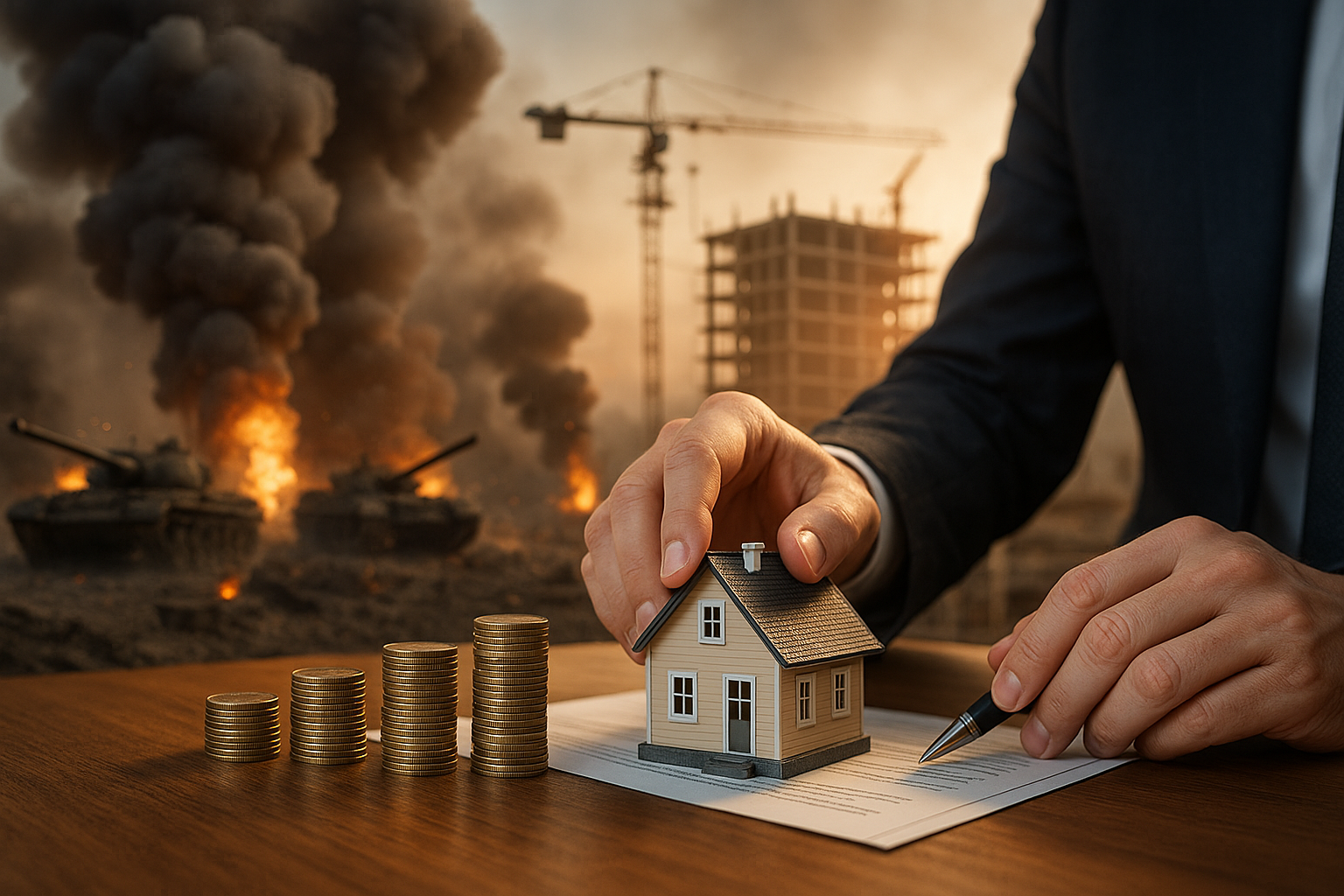How to assess replacement cost for physical assets
Assessing replacement cost for physical assets is a practical exercise in valuing what you own today and estimating what it would take to replace those items if lost or damaged. A clear replacement valuation supports accurate coverage, informs underwriting decisions, and reduces the chance of disputes during claims. This overview covers methods, common pitfalls, and how policy terms influence financial protection.

Accurately assessing replacement cost for physical assets begins with a focused, well-documented valuation of what you own and how much it would cost to replace at current market rates. This first step influences the coverage you select, the premiums you’ll pay, and how straightforward claims settlement can be. Consider the condition, age, and functionality of equipment, inventory, and buildings, and factor in local rebuilding costs and supply-chain constraints when estimating replacement values to avoid underinsurance.
What is valuation and replacement cost?
Replacement cost is the amount required to replace an asset with a similar one of like kind and quality without deducting for depreciation. Valuation involves documenting asset specifications, serial numbers, and current market prices for equipment and materials. For buildings, valuation should include labor and permitting costs as well as potential upgrades needed to meet current codes. Proper valuation reduces gaps between insured limits and actual replacement needs and supports more accurate underwriting and future claims settlements.
How to inventory assets and equipment?
A complete, current inventory is essential to reliable replacement assessment. Inventory should list equipment, furniture, and stock with descriptions, purchase dates, original costs, and estimated replacement prices. Use photos, invoices, and asset-tagging systems to support item-level detail. Regularly update records to reflect disposals, new purchases, or changes in quantities. For high-value or specialized equipment, attach manufacturer specifications and maintenance histories to justify valuation numbers to insurers and to speed claims processing when events like theft or fire occur.
How do coverage and exclusions affect value?
Policy language determines whether replacement cost is payable and under what conditions. Coverage terms specify covered perils—such as theft, fire, or flood—and exclusions may limit payouts for certain causes or types of property. Replacement cost coverage typically pays to rebuild or replace without depreciation, while actual cash value policies reduce payment by depreciation. Review policy exclusions and endorsements carefully, as gaps can leave equipment, inventory, or buildings underinsured during complex perils or liability events.
How do underwriting, premiums and deductible influence cost?
Underwriting evaluates risk factors such as property location, construction materials, fire prevention measures, and historical claim activity to set premiums and terms. Higher replacement values usually produce higher premiums but lower chance of underinsurance. Deductibles shift some cost to the policyholder; higher deductibles lower premiums but increase out-of-pocket exposure on a claim. Clear, well-supported valuations can also favorably affect underwriting outcomes by demonstrating mitigation measures and accurate replacement estimates.
How to assess risk, claims, and mitigation for buildings?
Risk assessment considers local hazards—fire, flood, theft—and the property’s resilience to those perils. For buildings, include structural characteristics, age, and compliance with current building codes. Implement mitigation measures like sprinkler systems, security, and flood barriers to reduce both premiums and claims frequency. Document preventive actions and maintenance logs to support claims. When a claim occurs, timely, detailed assessments and proof of replacement-cost valuation help ensure settlement aligns with the actual cost to restore or replace assets.
Pricing and provider comparisons for replacement coverage
Pricing for replacement coverage depends on asset mix, location, and chosen policy terms. The table below lists widely recognized insurers and general cost estimates for commercial property or equipment replacement coverage for small to medium-sized operations. Use the figures as benchmarks and consult providers for tailored quotes; actual costs will vary based on valuation details, underwriting, and chosen limits.
| Product/Service | Provider | Cost Estimation |
|---|---|---|
| Commercial property insurance (small business) | Allianz | $500–$5,000 per year depending on property value, location, and limits |
| Business property and equipment insurance | AXA | $600–$4,500 per year depending on coverage scope and risk factors |
| Property insurance for commercial buildings | Zurich | $700–$6,000 per year depending on building value and hazard exposure |
Prices, rates, or cost estimates mentioned in this article are based on the latest available information but may change over time. Independent research is advised before making financial decisions.
The numbers above are illustrative estimates. Actual premiums and cost structures depend on precise valuation, deductible choices, local rebuilding costs, and underwriting assessments; obtain quotes from multiple providers to confirm current pricing.
Conclusion
A thorough replacement cost assessment combines detailed inventory, up-to-date market pricing, and an understanding of policy terms including coverage, exclusions, and deductibles. Accurate valuations support fair underwriting, appropriate premiums, and smoother claims handling when perils like theft, fire, or flood occur. Regular reviews and documented mitigation measures further reduce risk exposure and help ensure that insurance limits reflect the true cost to replace buildings, equipment, and inventory.





